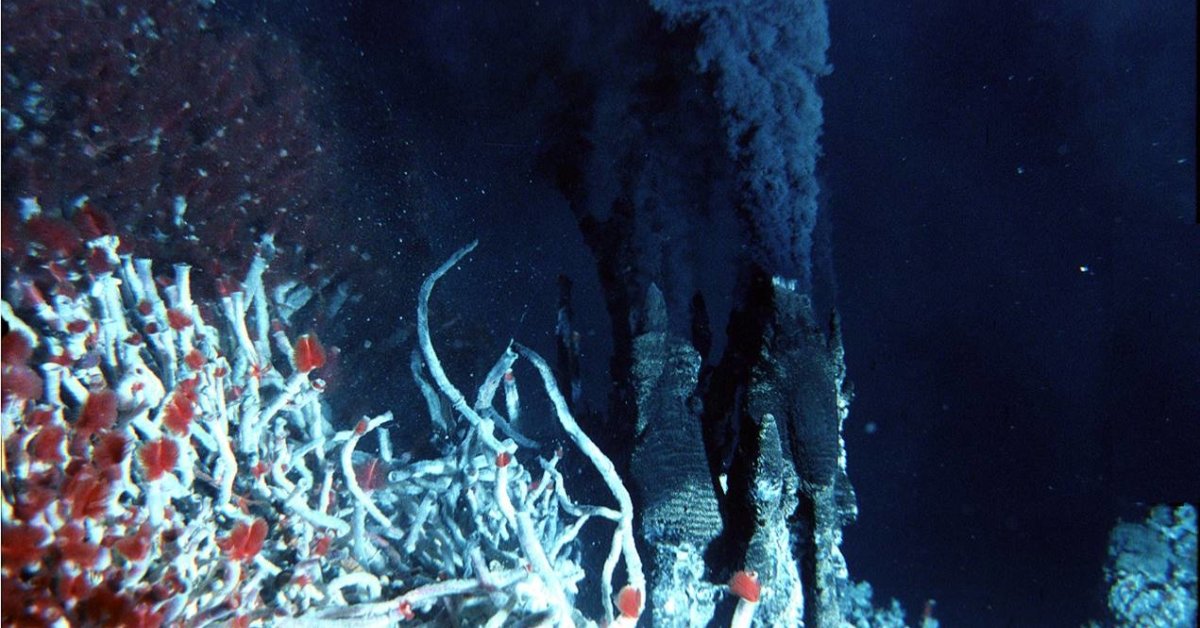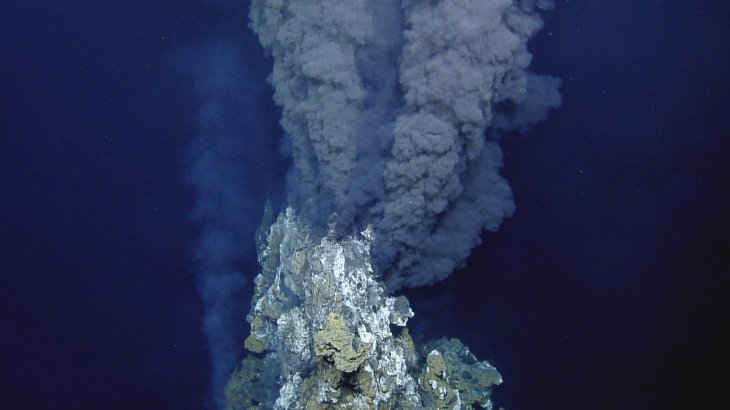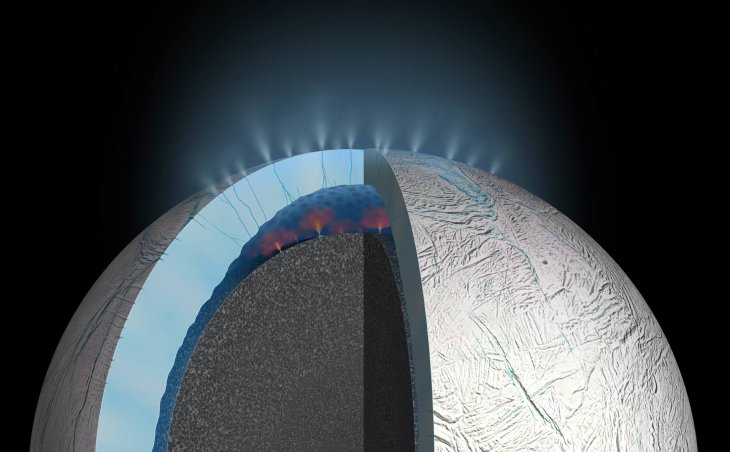By Replicating Deep Ocean Conditions, NASA Finds Out How Life Began 4 Billion Years Ago
Dhir Acharya - Feb 26, 2019

NASA has recreated the deep ocean conditions in the lab, from which they found that the building blocks of life actually formed on the ocean floor.
- Russia Will Build A Lunar Space Station With China Because It's Done With NASA
- NASA Reveals 20 Most Stunning Earth Images Taken From The ISS
- Indian-Origin NASA Researcher Discovers Jupiter Moon Europa Glows In The Dark
Have you ever wonder why life cannot evolve in the cosmos while it can conquer even the deepest point under the ocean? Well, NASA has, and now it’s looking for the answer.
Astrobiologists at Jet Propulsion Laboratory (JPL) of NASA have recreated the deep ocean conditions in the lab, from which they found that the building blocks of life actually formed on the ocean floor about 4 billion years ago.

Hydrothermal vents on the seabed
The ocean floor is a place with complete darkness and extreme cold since sunlight cannot travel through miles of ocean water to reach it. However, there is still heat from within the Earth crust released through hydrothermal vents on the seabed, where scientists constantly find bustling metropolises with masses of deep-sea organisms. Thanks to the vents, life can survive even without sunlight, it feeds on chemicals forming in the billowing black chimneys bubbling out of the seabed.
Marine microbiologist Lucy Stewart of New Zealand’s GNS Science said she thinks that life forms at vent are the best we know.
Sharing the same thought, the research team at JPL examined the quandary. To do that, they recreated deep ocean conditions in standard lab beakers so that they can know how life formed billions of years ago.
In the beakers, these astrobiologists put some water along with minerals, molecules ammonia, and pyruvate typically found around hydrothermal vents which they consider as forming factors of life. Next, the team heated the beakers to 70 degrees C while reducing the amount of oxygen to replicate the conditions of the primeval ocean.

Image B shows a simulated hydrothermal chimney
The journal Proceedings of the National Academy of Sciences published their findings on February 25, indicating that the hydrothermal vents the team built in their lab are places where the formation amino acids, aka building blocks of life, can take place.
In this experiment, the astrobiologists noticed one critical amino acid generated: Alanine, a vital molecule in synthesizing proteins which are responsible for a series of normal functions in all organisms from bacteria to humans. Plus, the team found lactate, believed to be a precursor molecule for life to thrive.
Laurie Barge, team leader, said:


The ocean underneath Enceladus may include key components to form life
What the NASA astrobiologist have achieved in this experiment is not creating life but more of illustrating how building blocks of life can grow near the vents on the ocean floor.
According to Stewart, the researchers are still working to identify the entire process from simple organic compounds to the living organism and this experiment has given us a deeper understanding of how the biogenesis process happened 4 billion years ago.
The results of this study will pave the way for other researchers to choose the best places in the universe to perhaps house life and maybe, we will find some other planets where life thrives.
Featured Stories

Features - Jul 01, 2025
What Are The Fastest Passenger Vehicles Ever Created?

Features - Jun 25, 2025
Japan Hydrogen Breakthrough: Scientists Crack the Clean Energy Code with...

ICT News - Jun 25, 2025
AI Intimidation Tactics: CEOs Turn Flawed Technology Into Employee Fear Machine

Review - Jun 25, 2025
Windows 11 Problems: Is Microsoft's "Best" OS Actually Getting Worse?

Features - Jun 22, 2025
Telegram Founder Pavel Durov Plans to Split $14 Billion Fortune Among 106 Children

ICT News - Jun 22, 2025
Neuralink Telepathy Chip Enables Quadriplegic Rob Greiner to Control Games with...

Features - Jun 21, 2025
This Over $100 Bottle Has Nothing But Fresh Air Inside

Features - Jun 18, 2025
Best Mobile VPN Apps for Gaming 2025: Complete Guide

Features - Jun 18, 2025
A Math Formula Tells Us How Long Everything Will Live

Features - Jun 16, 2025
Comments
Sort by Newest | Popular